Advice
Other ways to fundraise
Run, walk, cycle, bake or sell for nature. Whether you're a hare or a tortoise we'd love you to support the RSPB as you ...
It’s time to keep a lookout for an influx of arrivals as April sees spring migration in full swing! Head out into nature and see who you can spot arriving on our shores.
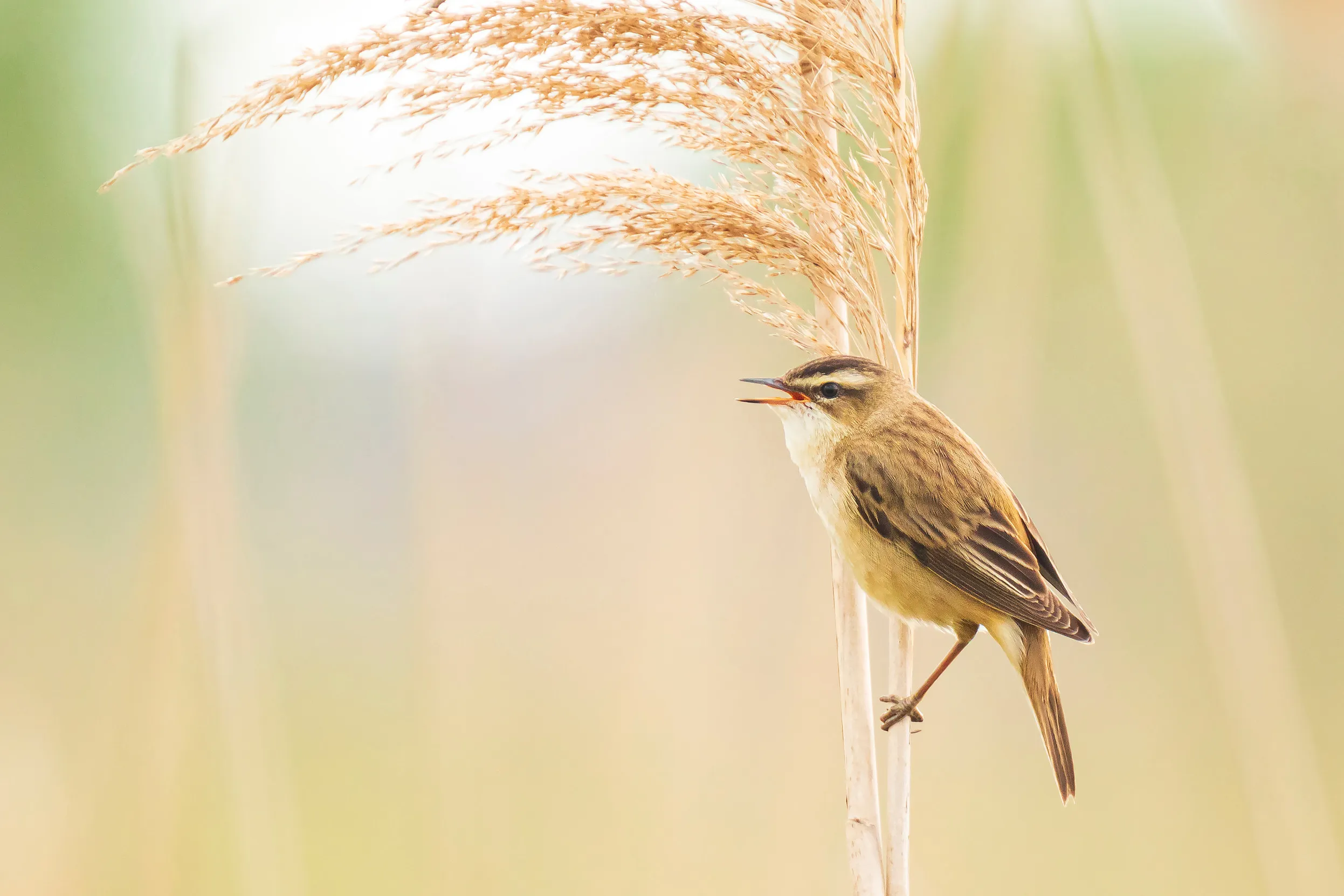
One Swallow might not make a summer, but a first sighting of one is a sure sign that warmer weather is on its way. Up until the 18th century, before the mysteries of migration were able to be investigated, it was a common belief that Swallows and Swifts hibernated through the winter in the mud at the bottom of lakes and streams.
With the help of society’s technological advances and bird ringing, we can now confirm that these high-fliers overwinter in South Africa, often migrating distances up to 6,000 miles. This month, you’ll likely get your first sighting of these avian athletes as they catch insects on the wing. In the coming weeks, they’ll begin gathering mud and straw to construct their cup-shaped nests.
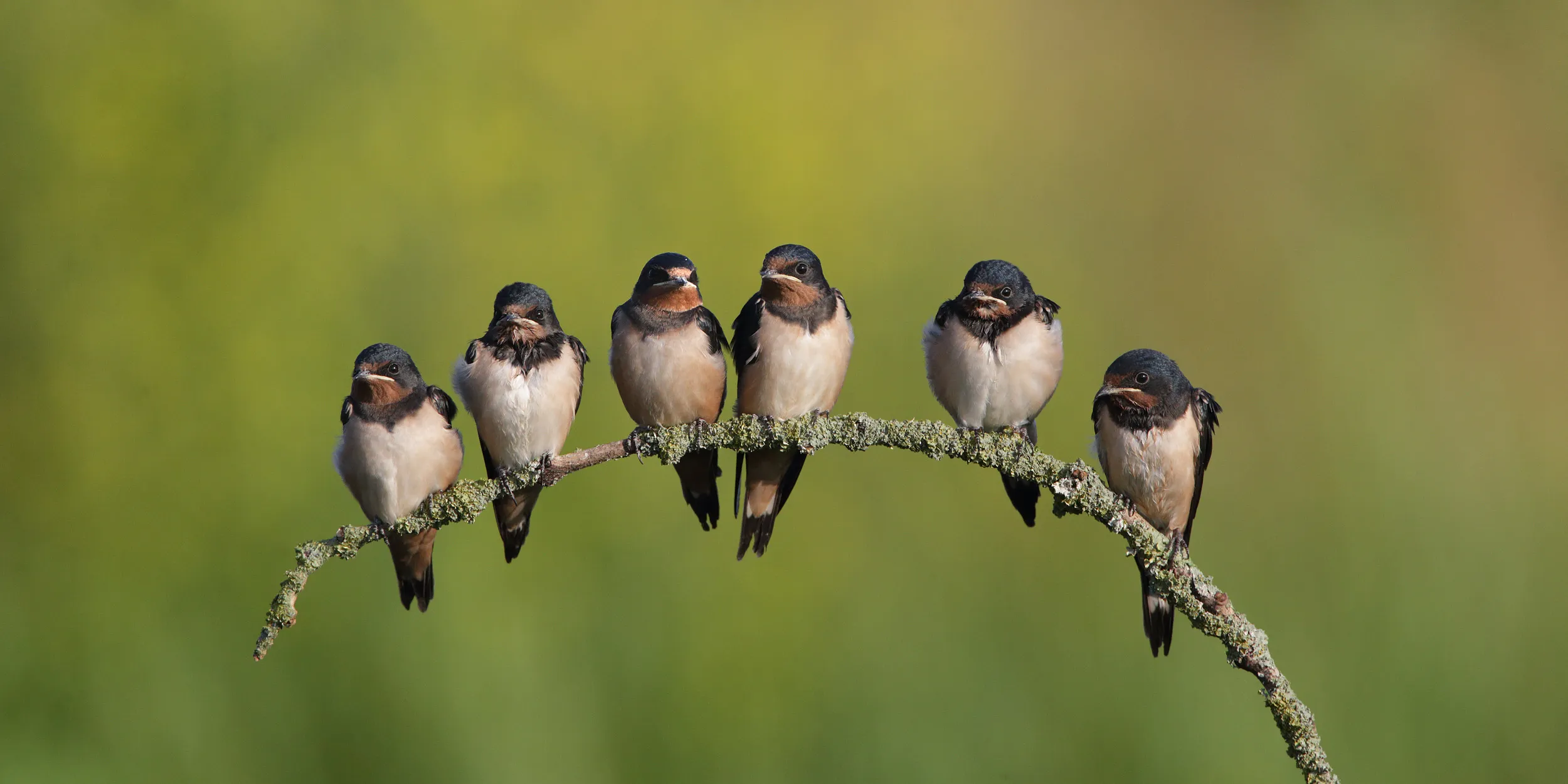
Waves of blue wash over our woodland floor in the spring, but did you know it can take over five years for a patch of Bluebells to establish? They prefer undisturbed soil and therefore are associated with ancient woodlands. Bluebells are one of our later blooming spring flowers; blooming towards the end of April and into early May on the South coast of England. Meanwhile, further north, they can bloom up to four weeks later!
April and May present the perfect opportunity to enjoy a bit of forest bathing and catch this spring spectacle. Keep your eyes peeled for other signs of spring in the woodlands, like the arrival of Pied Flycatchers later in the next few weeks.
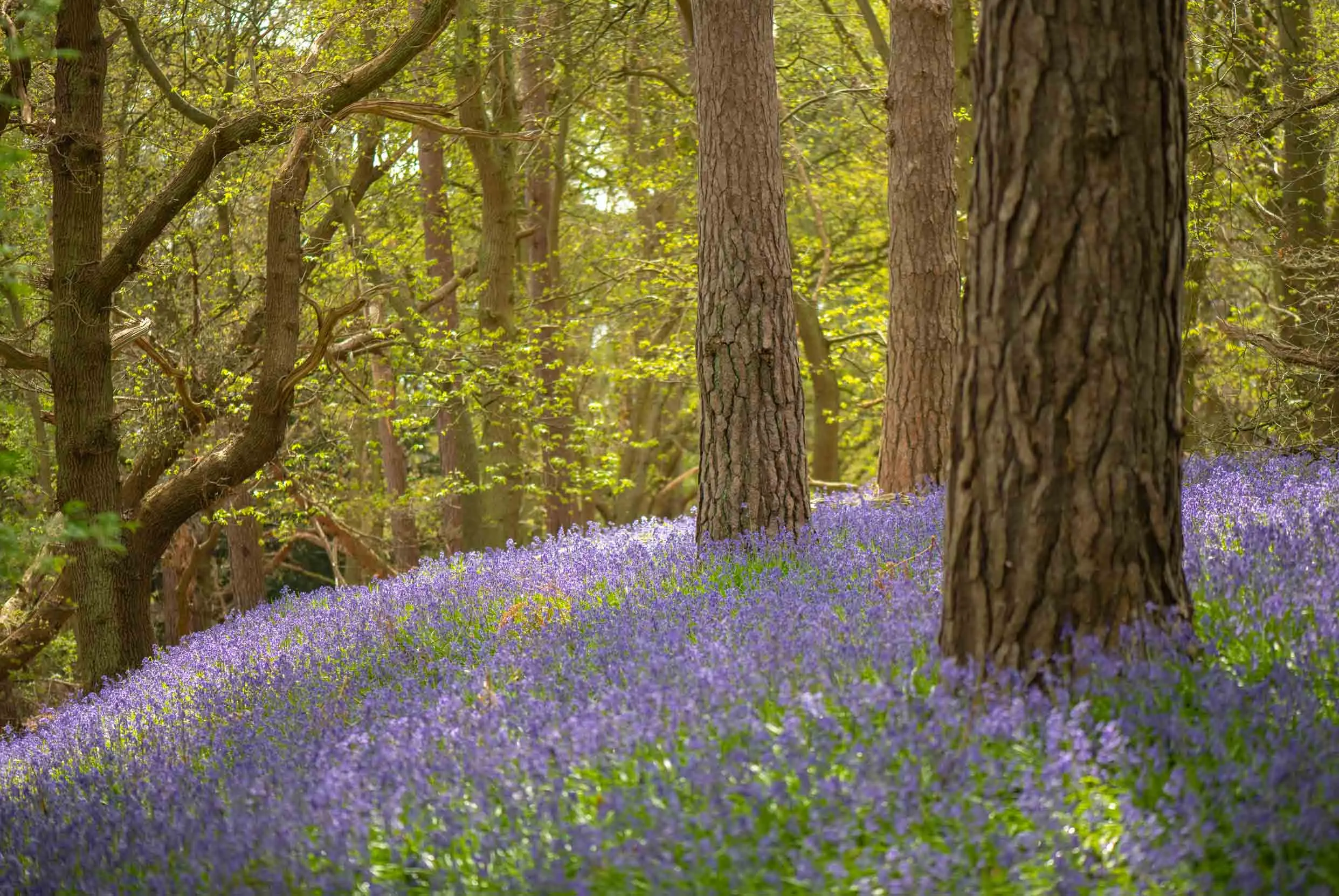
As we are now in the throes of the breeding season, the booms of the Bitterns rumble through UK reedbeds. A member of the heron family, these birds have an unusual bass-like call to attract the attention of their prospective partners. They’re still an extremely rare bird, but their populations have made a remarkable recovery over recent years.
Reedbeds are scarce; many were drained and repurposed throughout the 19th and 20th centuries. Bitterns, dependent on these wetland habitats, were pushed to UK extinction in 1870, and after recolonising, they were nearly lost again in the 1990s. In 1997, only 11 booming male birds were heard around the UK. Many of the RSPB’s reserves were initially acquired as Bitterns were thought to be present, or the site had potential to attract this scarce species with the correct management. With plenty of research into their needs, and lots of hands-on habitat management, populations have since exploded: 228 males were recorded booming around the UK in 2022! 121 of those males were heard on RSPB land – an achievement which wouldn't have been possible without the invaluable support from our members.
The Bittern’s boom is often likened to the sound of someone blowing over the top of a milk bottle and can carry for up to four kilometres, making them our loudest bird. Despite their noisy nature, they’re still a notoriously difficult sight to see as a Bittern’s impeccable camouflage means they can quickly disappear into a reedbed upon landing. March through to May is the best time to hear this mysterious noise. Why not visit an RSPB reserve and see if you can hear, or maybe even catch a glimpse of, this enigmatic bird?
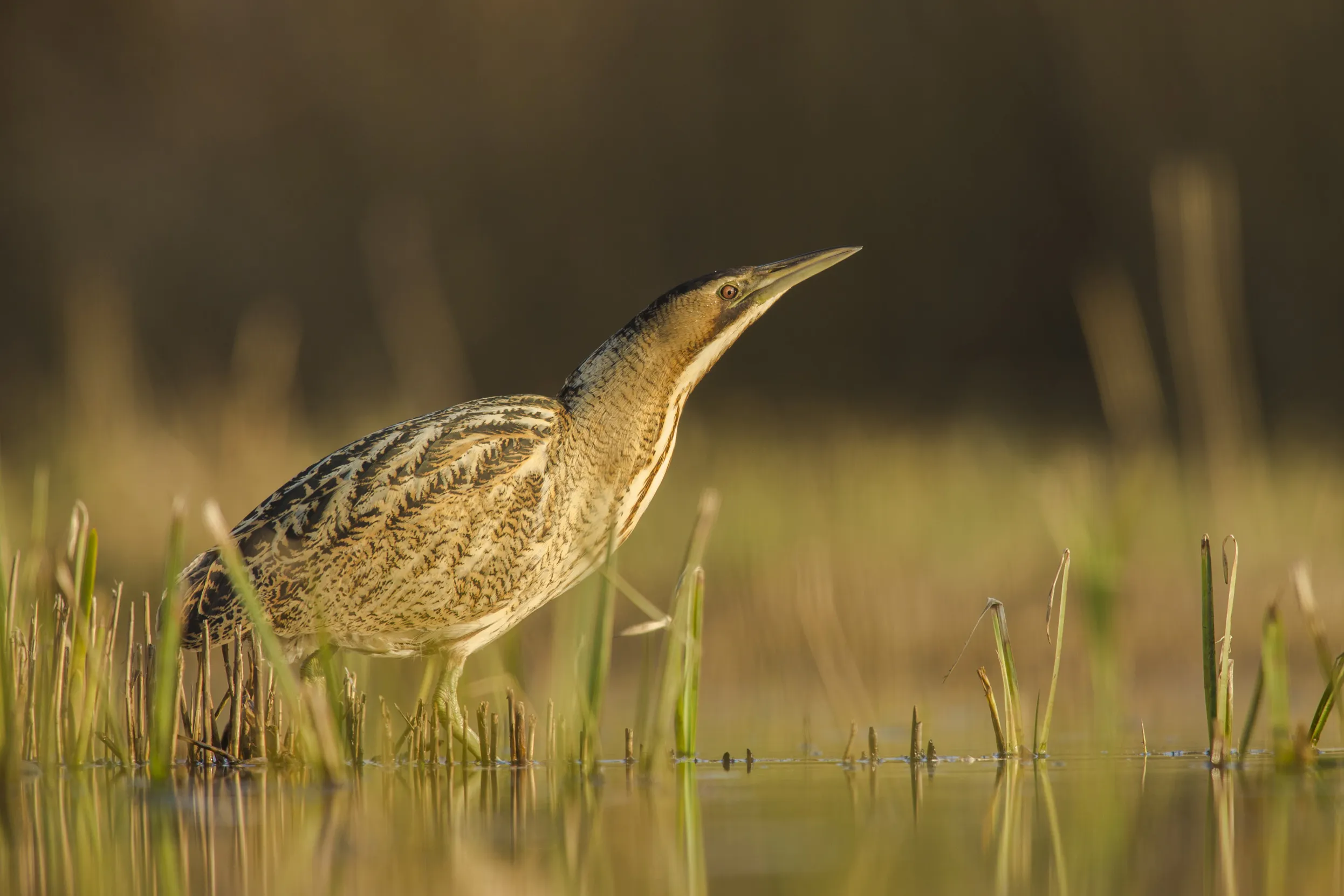
Watching Ospreys fishing is a real spring spectacle! Hovering over bodies of water, they can pick out their submerged prey at a height of 90 metres. They then plunge into the water, feet first, reaching speeds of 125 kilometres per hour, plucking out their fish supper.
These raptors were extinct from the UK in the early 1900s due to persecution and egg collecting. A pair successfully nested at RSPB Loch Garten in the 1950s, and following a string of successful reintroductions, Ospreys now breed across England and Wales. They usually arrive in April, however the first Osprey returned to their nest near our Arne reserve in March this year.
Young males look for potential nests near water bodies, then wait for inquisitive females to land on their nest. The male will then attempt to impress the female by providing her with as many fish as he can possibly forage. Once in an established pair bond, Ospreys will mate for life. Parting ways in the early autumn, they won’t see one another through the winter months, but they will reunite at the same nest site in the spring, ready to raise another brood.

A great place to start for beginner butterfly enthusiasts, the Orange-tip is a fitting name for the males of this species (although the females aren’t quite as easily identifiable, instead sporting black wing tips!) Due to the repurposing of land, and consequently a decline in hay meadows and Cuckoo Flowers, these butterflies are now heavily dependent on Garlic Mustard for their food source and for egg laying. They can be seen all across the UK, apart from in Northern Scotland.
The other butterflies you may have seen throughout March, like Brimstones and Commas, have likely overwintered as adults. The Orange-tip Butterfly is one of the first species to emerge which has spent winter in its chrysalis.
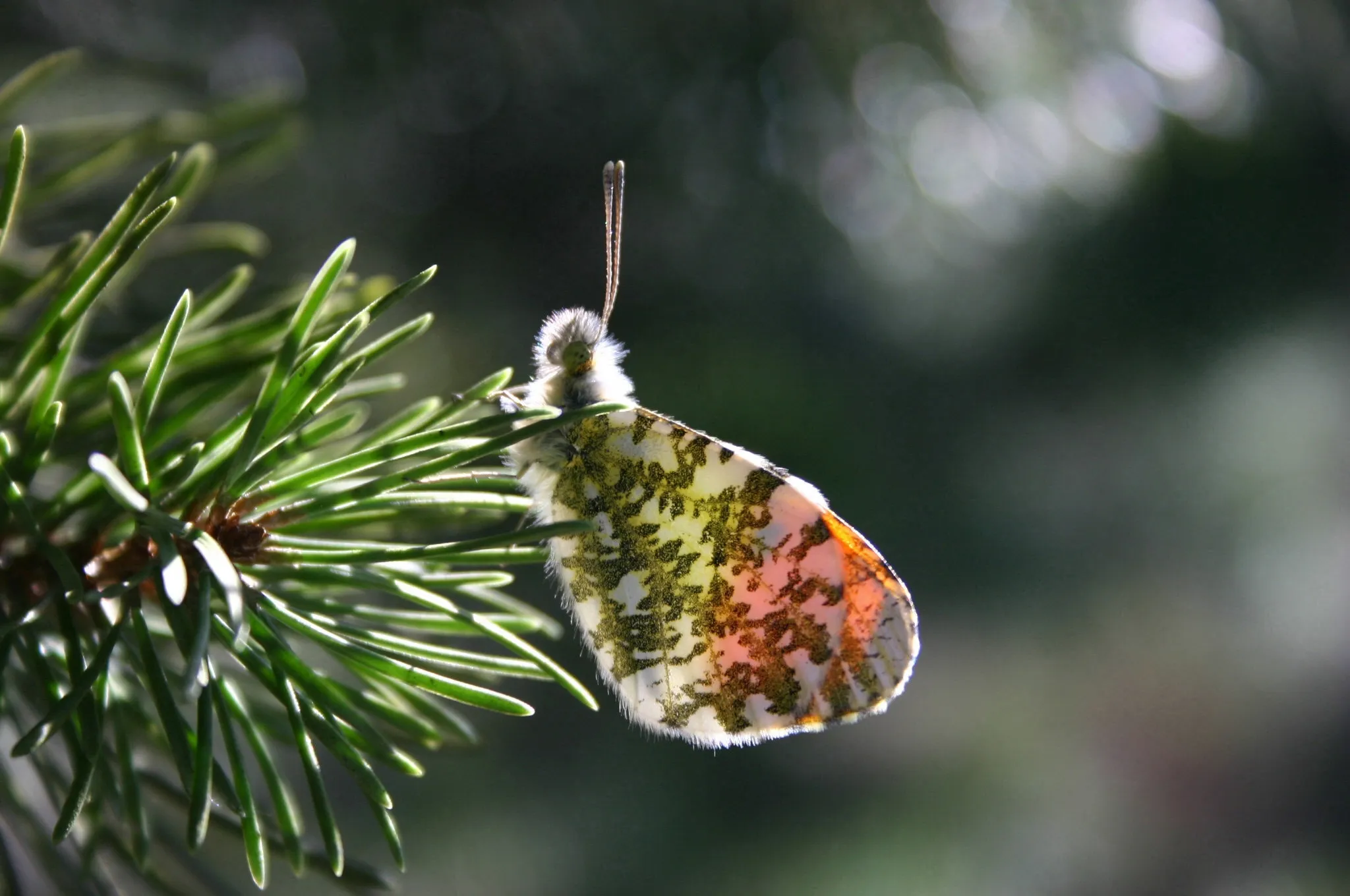
These two closely related warblers arrive in the UK in April and are a common confusion species. Their songs can be hard to separate for an untrained ear, but thankfully, they can be easily distinguished on sight. Sedge Warblers could be described as having a stripy face, with a dark eye stripe, while Reed Warblers are a classic ‘little brown job’, a warm brown on top with a buff brown beneath.
Sedge Warblers are often perched in scrubby vegetation, like willow, singing at the top of their voices to attract a mate. They perform a parachuting display while they sing, rocketing up from their perch and warbling with gusto. Meanwhile, Reed Warblers usually skulk in the dense reeds, their loud song erupting from the vegetation. Both vocalists play a starring role in a wetland Dawn Chorus.
Cetti’s Warblers are another warbler species frequently found in reedbeds and are a chestnut brown on top and a grey-brown underneath. These birds have a distinct, explosive song that easily sets them apart from their peers and they can be heard all year round. First recorded in the UK in the early 1960s, a warming climate means their range is moving northward and they can now be found both breeding and overwintering in England and Wales.
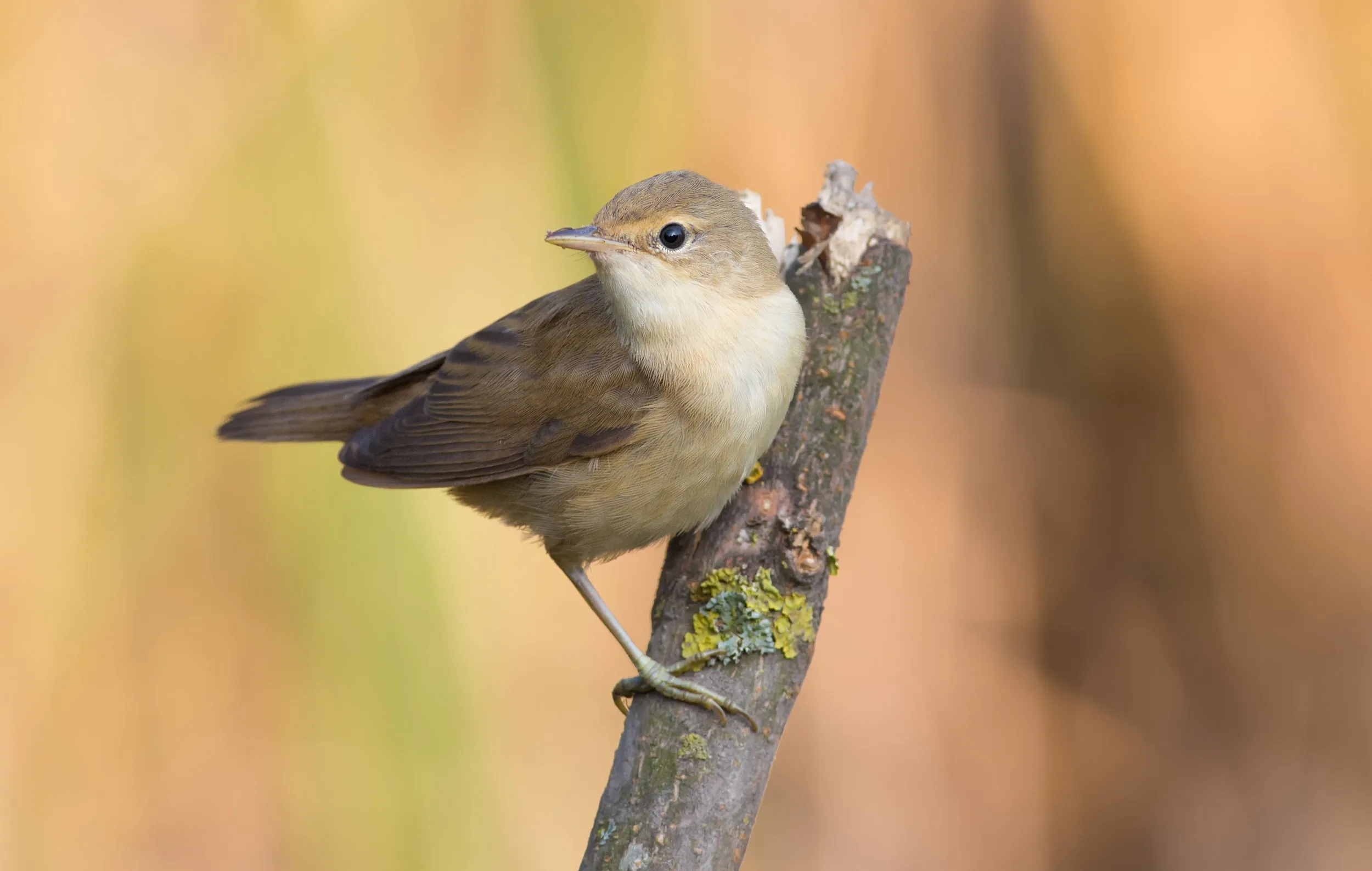
Loch Lomond: Nestled in the Trossachs, at this reserve you can watch Red Squirrels leaping from branch to branch in woodlands carpeted with Bluebells. Stroll through forest and fen down to the Loch shore and listen out for reeling Grasshopper Warblers and the fluid song of the Tree Pipit.
Wood of Cree: An ancient woodland climbs up the sides of cascading waterfalls at Wood of Cree in the south of Scotland. Bluebells blanket the floor, while Pied Flycatchers flit between their nests and Wood Warblers trill from the trees. Listen out for Cuckoo calls in the spring and keep watch for the rare Willow Tit.
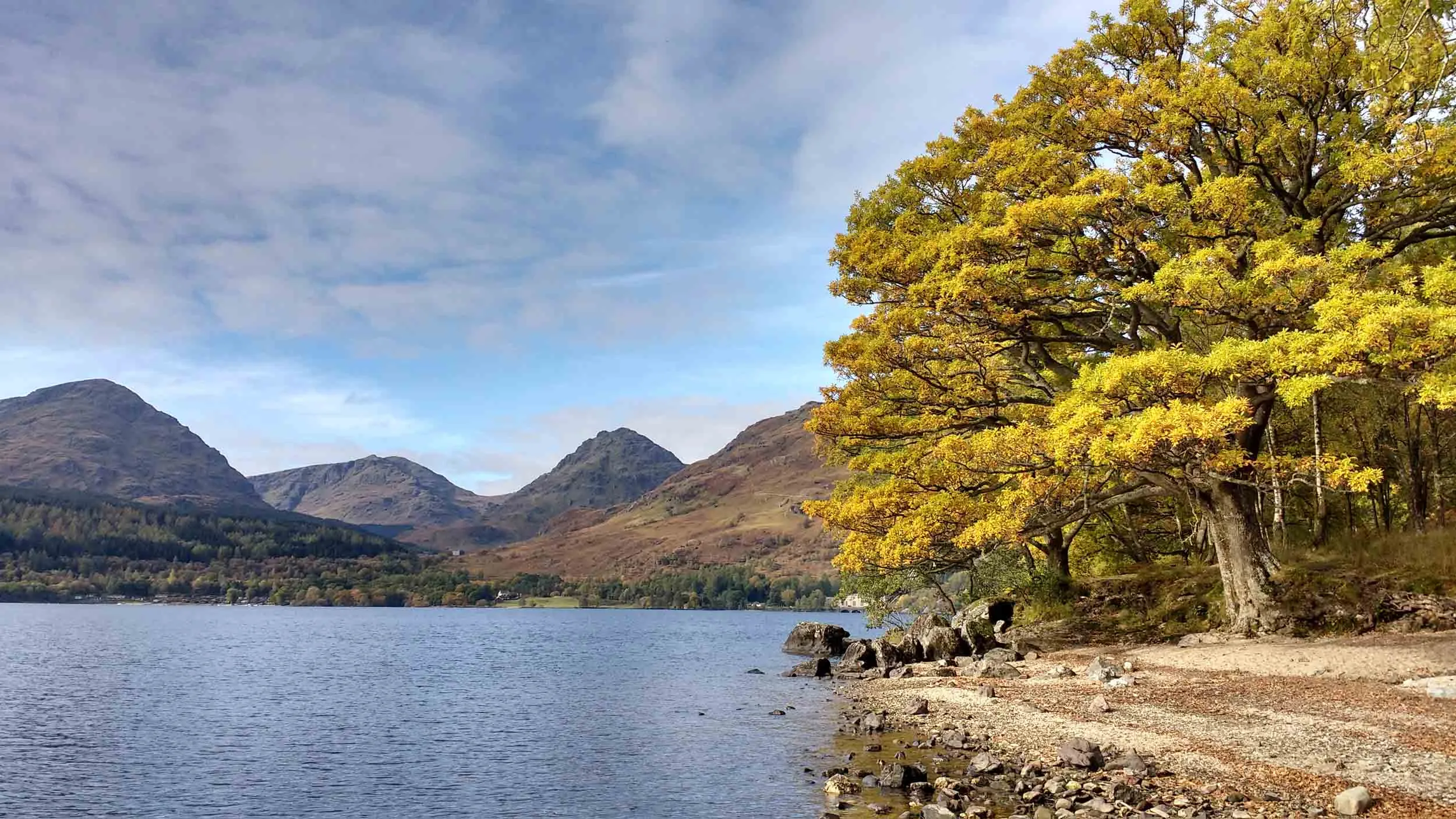
Newport Wetlands: Newport Wetlands welcomed the return of the first breeding Bitterns in Wales in over 200 years in 2022. For the past two years, this pair has successfully fledged six chicks each year and there's hope that more will nest on the reserve in years to come. Along with booming, this wetland wonderland is alive with the whirring and chirring of warblers warming up for the Dawn Chorus.
Leighton Moss: As the largest reedbed in North West England, Leighton Moss was home to three of the 11 booming Bitterns in 1997. Breeding Bittern numbers have bounced back in recent years, and now a wander around this wetland in spring will be accompanied by an abundance of booms. Keep your eyes out over the pools to see playful Otters and fishing Ospreys!
Arne: On the edge of Poole Harbour sits Arne, a mosaic of heathland, ancient oak woodlands and wetlands. Dartford Warblers sing from their gorse perch, while all six species of native UK reptiles bask in the south coast sunshine. If you’re visiting through April, make sure to keep your eyes out for Ospreys flying over on migration to their breeding grounds. If you’re visiting through April, make sure to keep your eyes out for Ospreys!

Belfast Window On Wildlife: Spot the first signs of spring straight from the city centre at Belfast’s Window On Wildlife. Located on Belfast Harbour Estate, this nature reserve is home to breeding Common and Arctic Terns throughout the summer months, arriving back in April.